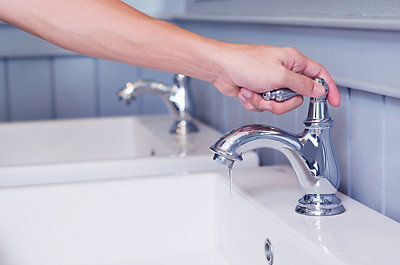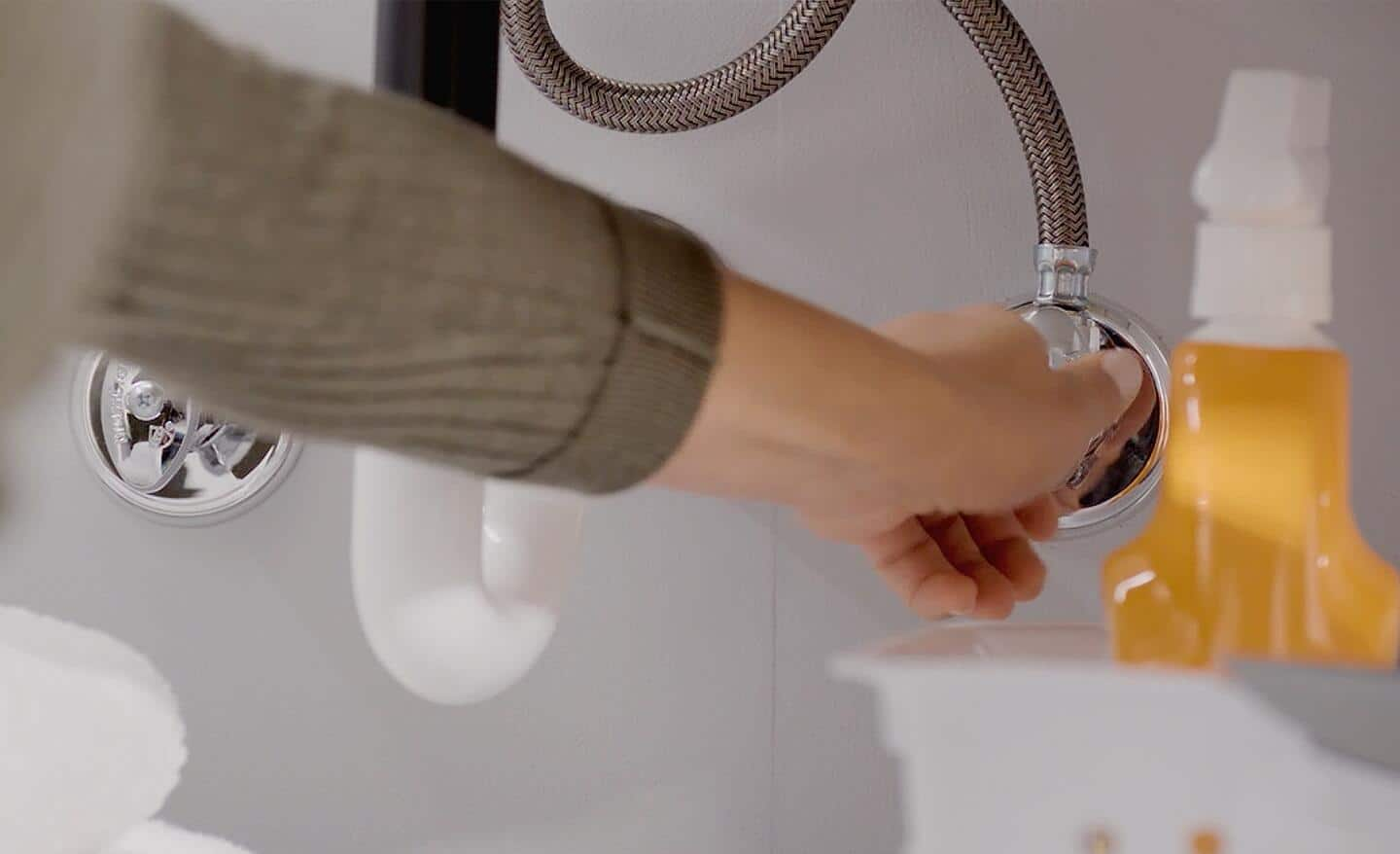How It's Critical to Mend a Malfunctioning Faucet
How It's Critical to Mend a Malfunctioning Faucet
Blog Article
We have noticed the article pertaining to Water Dripping from Faucet: Why and How to Fix listed below on the web and thought it made perfect sense to share it with you here.

Dripping taps could look like a small trouble, but their influence exceeds simply the annoyance of the audio. From wasting water to incurring unneeded financial prices and health and wellness threats, neglecting a dripping tap can lead to numerous repercussions. In this short article, we'll look into why it's important to resolve this typical house problem without delay and successfully.
Wastage of Water
Environmental Influence
Dripping faucets add dramatically to water wastefulness. According to the Epa (EPA), a solitary faucet dripping at one drip per second can throw away greater than 3,000 gallons of water per year. This not only pressures water sources but likewise affects ecological communities and wildlife depending on them.
Financial Expenses
Enhanced Water Bills
Beyond the ecological impact, dripping taps can inflate water expenses substantially. The collected wastage gradually converts right into greater utility costs, which might have been avoided with timely repair services.
Possible Home Damages
Furthermore, extended dripping can bring about harm to fixtures and surfaces surrounding the tap. Water buildup can trigger staining, deterioration, and also structural problems if left ignored, causing added repair service prices.
Wellness Problems
Mold and Mold Development
The continuous presence of moisture from a dripping tap produces an excellent atmosphere for mold and mildew and mold growth. These fungi not only compromise indoor air top quality yet additionally present wellness dangers, especially for individuals with breathing conditions or allergic reactions.
Waterborne Conditions
Stationary water in leaking faucets can become a breeding ground for bacteria and various other microorganisms, raising the threat of waterborne illness. Pollutants such as Legionella bacteria flourish in stagnant water, possibly bring about severe health problems when ingested or inhaled.
Do it yourself vs. Expert Repair
Pros and Cons of Do It Yourself Repair Service
While some might attempt to repair a dripping tap themselves, DIY repairs feature their own collection of difficulties. Without proper expertise and tools, DIY attempts can aggravate the problem or lead to insufficient repair work, lengthening the trouble.
Advantages of Hiring an Expert Plumber
Hiring a specialist plumber ensures that the underlying cause of the trickling tap is addressed effectively. Plumbers have the expertise and tools to diagnose and repair tap issues effectively, conserving time and reducing the threat of further damages.
Step-by-Step Guide to Taking Care Of a Dripping Tap
Tools Needed
Prior to trying to take care of a dripping faucet, collect the necessary tools, including an adjustable wrench, screwdrivers, replacement parts (such as washing machines or cartridges), and plumber's tape.
Usual Tap Issues and Their Solutions
Recognize the sort of faucet and the certain problem triggering the drip. Usual problems include damaged washers, rusty valve seats, or malfunctioning O-rings. Describe supplier directions or on-line tutorials for step-by-step advice on repairs.
Preventive Measures
Normal Upkeep Tips
To stop trickling taps, do regular upkeep such as cleaning aerators, evaluating for leaks, and changing damaged parts without delay. In addition, consider setting up water-saving gadgets or updating to more efficient fixtures.
Significance of Prompt Repairs
Resolving leaking faucets as quickly as they're seen prevents additional water wastage and potential damages, ultimately conserving both water and money over time.
Impact on Residential Or Commercial Property Value
Assumption of Well-Maintained Residential Or Commercial Property
Keeping a residential property in good condition, including dealing with maintenance concerns like trickling faucets, enhances its viewed worth and charm amongst potential purchasers or renters.
Influence on Resale Worth
Characteristics with well-maintained plumbing fixtures, including taps, command higher resale values in the real estate market. Attending to dripping taps can add to a positive impression during residential or commercial property inspections and arrangements.
Environmental Obligation
Individual Contribution to Preservation
Taking responsibility for taking care of trickling taps aligns with broader efforts toward water conservation and ecological sustainability. Every individual's actions jointly make a significant impact on preserving priceless resources.
Sustainable Living Practices
By focusing on timely repair work and taking on water-saving practices, individuals contribute to sustainable living techniques that profit both existing and future generations.
Final thought
Dealing with a dripping tap goes beyond plain benefit; it's a crucial step towards conserving water, lowering monetary prices, and protecting wellness and residential property. Whether via do it yourself repair work or professional support, doing something about it to take care of dripping faucets is a tiny yet impactful method to advertise liable stewardship of resources and contribute to a healthier, more sustainable future.
How to Fix a Dripping or Leaky Faucet
A leaking faucet is one of the most common problems that homeowners encounter, but it being commonplace doesn’t make it any less annoying. The constant drip drip drip of a leaking bathtub faucet, showerhead, or sink tap can disturb your home’s serenity. Left neglected, a dripping faucet can also result in higher water bills and discoloration or mold growth in your sink or plumbing fixtures.
Fortunately, you don’t have to be a trained plumber to know how to stop a dripping faucet. With some basic tools, replacement parts, and a little patience, leaky faucet repair is a breeze. In this article, we’ll explain what causes dripping faucets and how you can fix them.
What Causes a Leaking Faucet?
Kitchen and bathroom faucets come in all manner of designs, but most involve some combination of valves, O-rings, seals, and washers. The O-ring is usually the weakest link, but any one of these pieces can wear down over time. Heat, moisture, temperature fluctuations, minerals, mold, and movement can contribute to warping and corrosion, breaking the watertight seal. This just comes with the territory of being a homeowner. Everything is always subject to wear and tear, and some component parts of your appliances and fixtures need to be replaced on occasion. At least replacement O-rings are cheap!
More rarely, dripping faucets can be a symptom of excessively high water pressure. Were this the case in your home, you would probably notice that the leak is not isolated to one faucet. Water pressure issues are harder to resolve on your own. We recommend contacting a professional plumber if you suspect your water pressure is too high.
How to Fix a Dripping Faucet
Pipe wrench or monkey wrench Allen wrench set Screwdrivers Old towel or rag Shut off the water.
Before you do anything, you need to turn off the water to keep from drenching your kitchen or bathroom. You should find a valve under the sink and against the wall. Once you’ve turned this valve, try turning the faucet on to confirm that the water source has been cut off.
If you can’t locate your local valve for the faucet you’re working on, you can always shut off the water to the house at the main valve. Of course, this will prohibit anyone from using the sinks, showers, or toilets while you’re working on the faucet that’s giving you trouble.
Plug or block the drain.
You’ll be disassembling the faucet and removing some small bits of hardware. Plug the drain with a stopper or rag to avoid the possibility of a small screw falling into your P-trap.
Take apart the faucet assembly.
There are several varieties of kitchen and bathroom faucets, each with its own manner of assembly. For detailed instructions on how to disassemble your faucet, you can refer to the fixture’s manual or contact the manufacturer. If you know whether you have a ball, disc, cartridge, or compression faucet, you can find detailed schematics online.
In general, you need to begin by removing the faucet handles. You might notice a small screw that you’ll need to remove with a screwdriver or Allen wrench. If you don’t see any visible securing hardware, it’s likely hidden under a decorative cap that can be unscrewed or popped off with flathead screwdriver.
Remove each piece methodically, consulting a schematic when necessary. Take notes or arrange the pieces in such a way to make it easier to correctly reassemble the faucet later.
Remove the cartridge.
Once you’ve removed the handles and securing hardware, you should be able to remove the valve cartridge or stem. Some cartridges will slide right out. Other faucet models will require you to loosen a nut with a pipe wrench before you can remove the valve stem.
Examine the exposed hardware.
With the cartridge or stem removed, inspect the component parts. Check the rubber O-rings for wear and tear. Also examine the seat washer for corrosion or other damage. These pieces are usually the responsible parties for a dripping faucet, but it’s worth inspecting the other component parts while you have the faucet disassembled.
Find replacement parts.
Once you’ve identified which faucet component has failed, find an identical replacement. Your local hardware store should have O-rings, seat washers, and other standard components in stock. If you have a luxury or uncommon faucet, you may have to contact the manufacturer for a replacement part.
It’s a good idea to take your old parts with you to the hardware store so you can compare them with the store’s inventory and be sure you’re purchasing the correct replacement.
Reassemble the faucet.
With your new parts in hand, reconstruct the faucet and handles. Don’t be tempted to overtighten screws or nuts. You might think this could create a better seal, but it can instead damage or bend a delicate part of the assembly and create a new problem for you.
Turn on the water and test the faucet.
The only thing left to do is test your work. Unplug the sink, turn the water back on, and try the faucet. Congratulate yourself on a job well done!
https://www.libertyhomeguard.com/how-to-fix-a-dripping-or-leaky-faucet/

As a fervent person who reads about Why It's Important to Fix Leaky Faucets, I figured sharing that portion was a good thing. Do you know about somebody else who is intrigued by the topic? Feel free to share it. Thank you so much for your time invested reading it.
Report this page